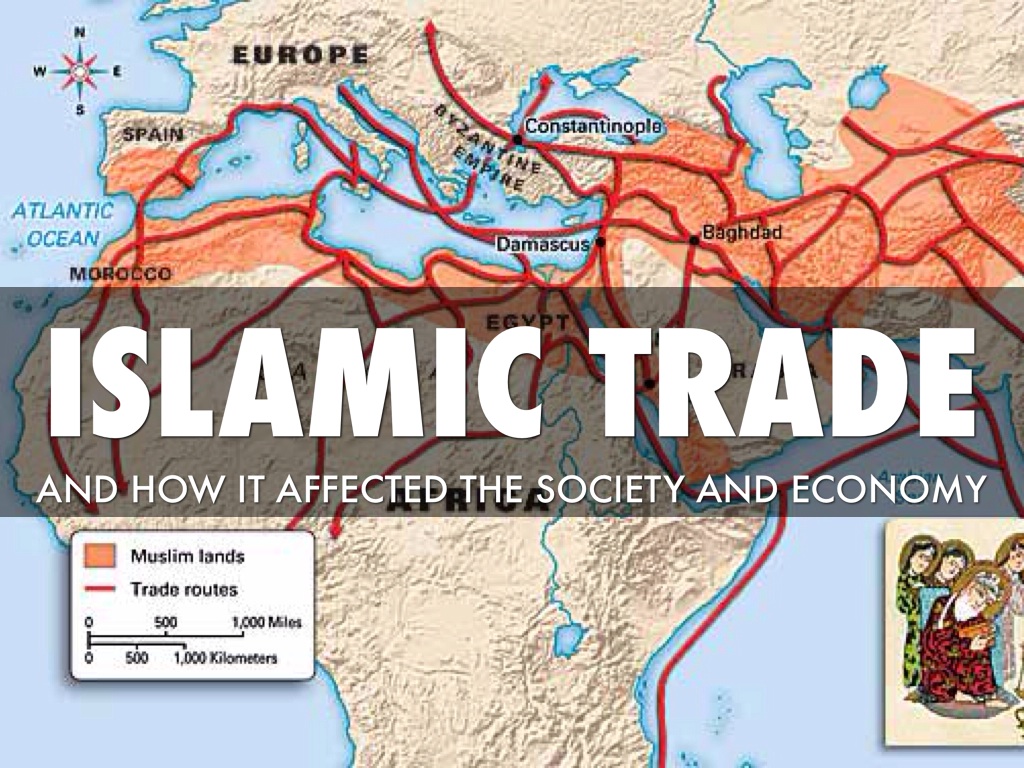
The Crusades
The Tenth Crusade (Alexandrian Crusade) (1365)
The brief Alexandrian Crusade, also called the sack of Alexandria, occurred in October 1365 and was led by Peter I of Cyprus against Alexandria in Egypt. Relatively devoid of religious impetus, it differs from the more prominent Crusades in that it seems to have been motivated largely by economic interests.
History
Peter I spent three years, from 1362 to 1365, amassing an army and seeking financial support for a Crusade from the wealthiest courts of the day. When he learned of a planned Egyptian attack against his Kingdom of Cyprus, he employed the same strategy of preemptive war that had been so successful against the Turks and redirected his military ambitions against Egypt. From Venice, he arranged for his naval fleet and ground forces to assemble at the Crusader stronghold of Rhodes, where they were joined by the Knights of the Order of St. John.
In October 1365, Peter I set sail from Rhodes, himself, commanding a sizable expeditionary force and a fleet of 165 ships, despite Venice’s greater economic and political clout. Landfall was made in Alexandria around 9 October, and over the next three days, Peter’s army looted the city killing thousands and taking 5,000 people to be enslaved. Mosques, temples, churches and the library also bore the brunt of the raid.
Facing an untenable position, Peter’s army permanently withdrew on 12 October. Peter had wanted to stay and hold the city and use it as a beachhead for more crusades into Egypt, but the majority of his barons refused, wishing only to leave with their loot. Peter himself was one of the last to leave the city, only getting onto his ship when Mamluk soldiers entered the city. Monarchs and barons in Europe, struck by the abandonment of the city, referred to Peter as the only good and brave Christian to have crusaded in Alexandria.
The Crusades: The Tenth Crusade (Alexandrian Crusade) (1365)
801 – 010
https://discerning-Islam.org
Last Updated: 01/2022
See COPYRIGHT information below.



